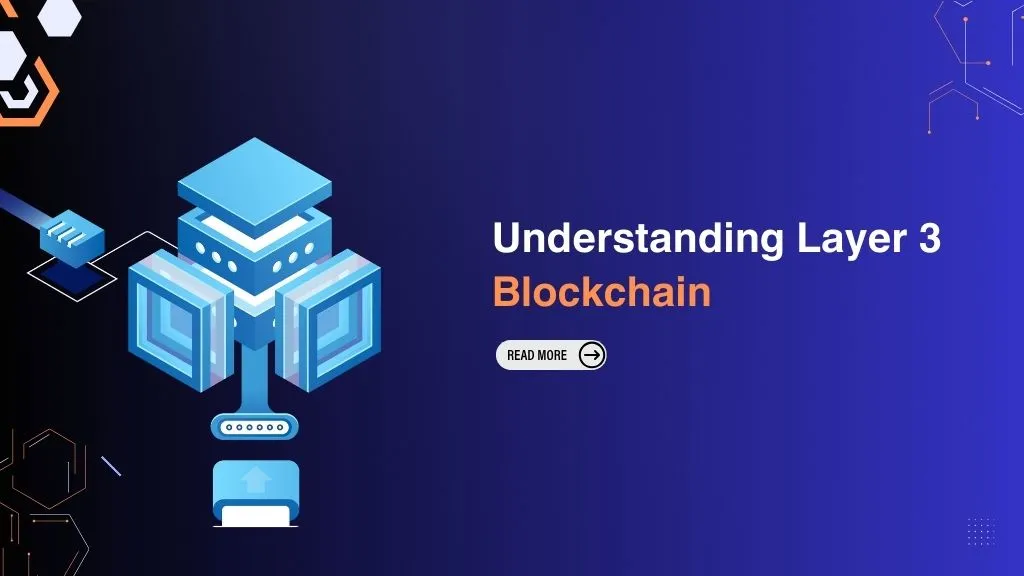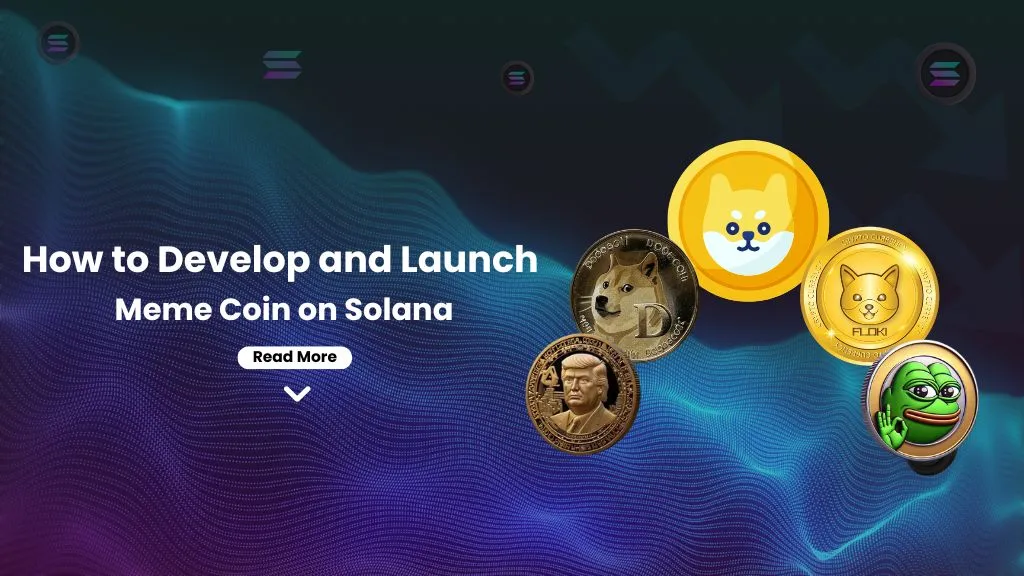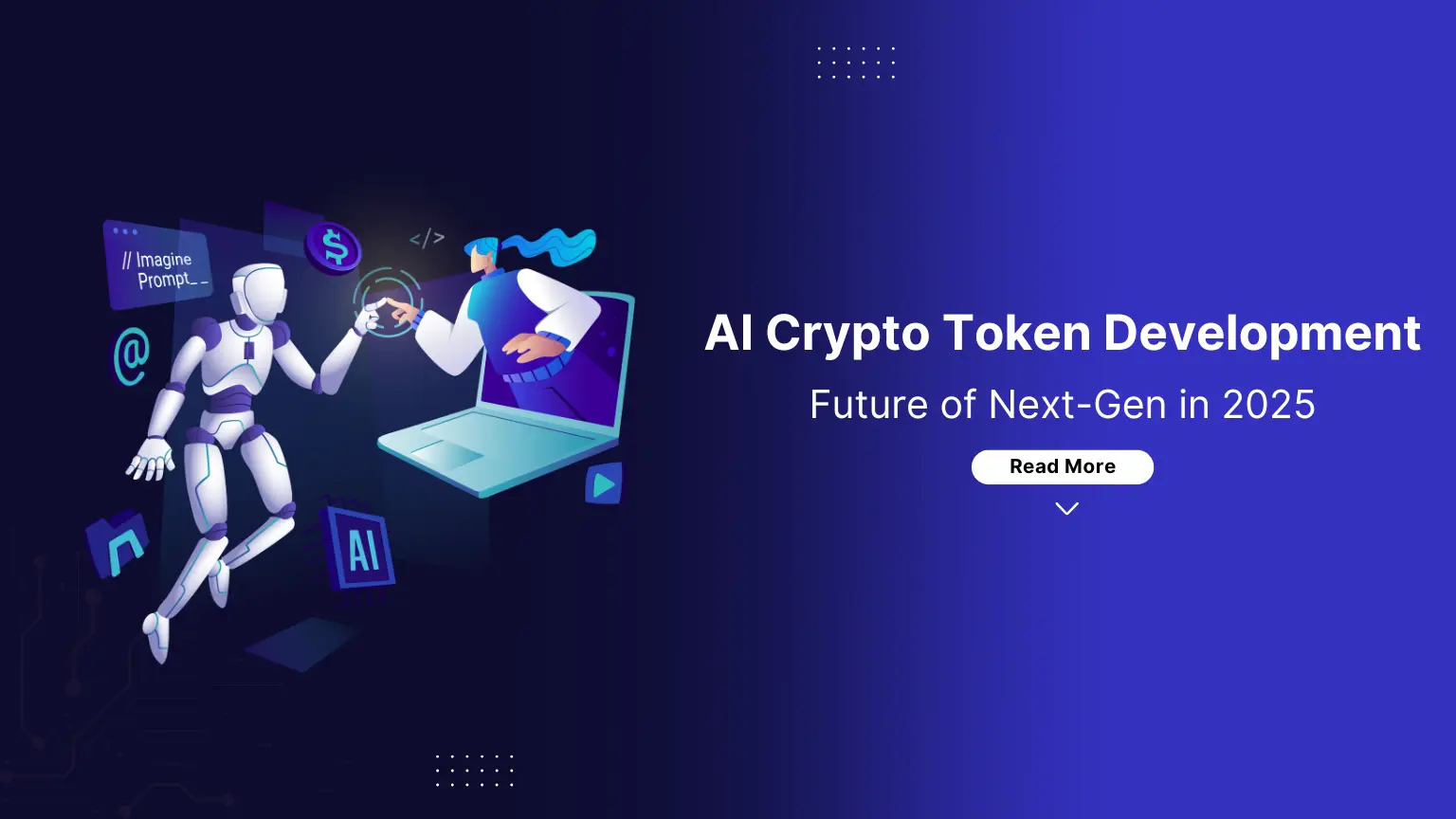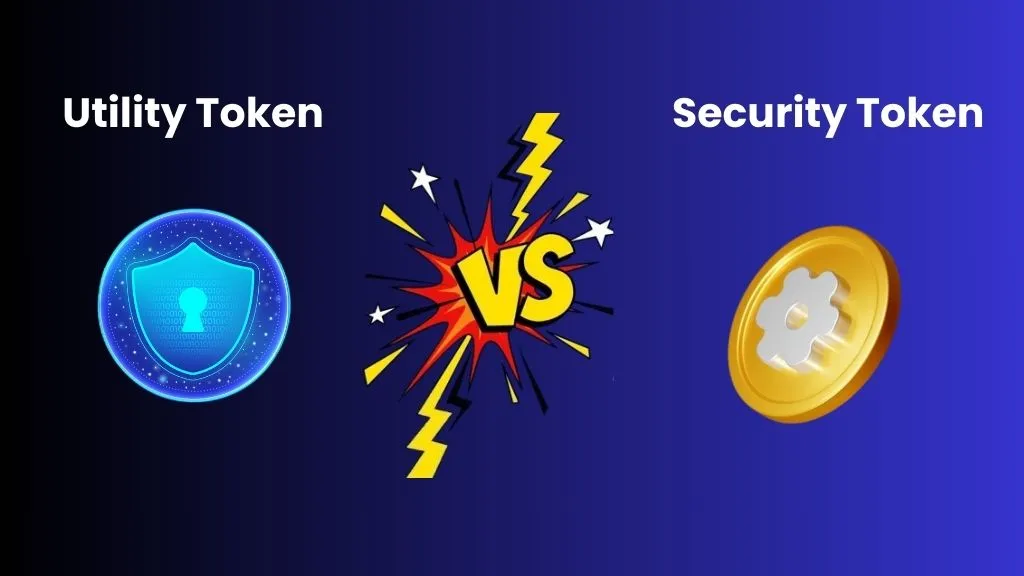Blockchain is a distributed ledger technology for storing data, offering high security and transparency. The blockchain technology operates on 3 different layers in combination: Layer 1, Layer 2, and Layer 3. Different blockchain layers offer unique functionality to the decentralized applications. The first two layers’ reliability supports layer 3; the higher the efficiency of the base layer and layer 2, the more reliable blockchain layer 3 will be.
Blockchain layer 3 allows users to interact with blockchain technology through interactive user interfaces. The Layer 3 blockchain technology supports cross-border interactions and expands the flexibility for enterprise solutions. In this blog, we discuss the advantages of the L3 blockchain, the working of all three blockchain layers, its use cases, and challenges in detail.
Advantages of Layer 3 Blockchain Technology
Blockchain layer three protocols offer various advantageous functionalities for blockchain developers, enabling them to create high-performing and interoperable blockchain solutions.
High Scalability
Layer 3 blockchain helps to manage the high traffic of transactions without raising the transaction fee and disturbing the core blockchain layer. Blockchain layer 3 ensures all the app’s requirements are satisfied without adversely affecting the main blockchain layer.
Better Interoperability
Interoperability was impossible without the presence of a blockchain layer 3. It offers interoperability for better data exchanges across different blockchain networks. With blockchain layer 3, communication between the two distinct blockchains is possible to a certain extent.
Innovation
Layer 3 blockchains offer immense opportunities for developers to craft unique and innovative solutions with advanced functionalities. With its involvement, blockchain-powered solutions can disrupt most industries.
Diverse App Development
With the layer three blockchain protocol, complex decentralized applications (dApps) are created, such as decentralized exchanges (DEXs), decentralized finance (DeFi), non-fungible tokens (NFTs), and others.
Better Flexibility & Customized Solutions
With layer three blockchain protocols, developers can create customized solutions where users can interact without needing a third party like a bank or any other organization. This offers an autonomous environment to implement specific features and fulfil certain requirements of the users.
Working of Three Layers of Blockchain Technology
Blockchain technology works in the form of layers, one above the other, empowering each other. These three blockchain layers work to offer scalability, speed, and transparency to enterprise-level solutions. Every layer has its own meaning and purpose to provide a robust decentralized system.
Layer 1 Blockchain Technology
It is the foundation layer of the blockchain infrastructure supporting core operations like processing transactions, block creation, and consensus protocols. The examples are Ethereum, Solana, etc., which are the most popular ones in the industry. It also supports the security and decentralized nature of blockchain technology.
Due to rising traffic or congestion, the speed of Layer 1 can decrease and impact the overall performance. To overcome these challenges, the concept of Layer 2 comes into play.
Layer 2 Blockchain Technology
Over the blockchain layer 1 and layer 2 is created to offer scalability and speed, while the base layer handles the security of the network. Layer 2 also handles the transactions when there is a high load on layer 1 and sends back the verified data to the base layer.
The popular examples of layer 2 technology are rollups, sidechains, and channels. It also helps to keep the transaction charges normal. Bundles of transactions are processed by layer 2 and connected to the layer 1 blockchain to maintain the integrity and trust in the network.
Layer 3 Blockchain Technology
It is the main layer that interacts with the users through the application’s UI. Its components are decentralized applications, NFTs, NFT marketplaces, games, and other blockchain-powered applications in the real world.
The performance of layer 3 depends on the efficiency of the layers underneath. The transactions are started at layer 3, executed at layer 2, and finally stored at layer 1 blockchain.
Real-World Use Cases of Layer 3 Blockchain Technology
Gaming and Metaverse
In blockchain in gaming and the metaverse, blockchain layer 3 allows unique token standards and small- to high-scale transactions. It supports complex in-game assets and non-fungible tokens without affecting the main blockchain layer.
Social Media (SocialFi)
Decentralized social networking apps are built over the L3, where apps can use customised consensus mechanisms to protect data and ensure fraud-proof social interactions.
L3 overcomes the challenges of traditional social networking apps by offering secure communication and support as autonomous apps.
Finance and Decentralized Exchanges (DeFi)
Decentralized finance applications powered by the L3 blockchain support cross-chain swaps and lending protocols. The role of the blockchain layer three solutions is to prevent the main blockchain from getting congested and to support low transaction fees.
Challenges of Implementing Blockchain Layer 3
Governance Challenges
In blockchain-powered solutions like dApps and DeFi, the layer three apps depend on the governance structure, including how decisions will be made (DAOs and DeFi apps). However, maintaining the decentralized governance system is challenging.
The legal authorities also influence the governance system, which can create tension for the decentralized applications. Also, there are specific vulnerabilities, like Sybil attacks and low voting participation.
Dependencies & Performance Issues
The reliability of the blockchain layer 3 depends on layers 1 and 2 collaboratively. The core blockchain layers, like Ethereum, Solana, etc., face downtime, directly impacting the working of the blockchain layer 3. Blockchain layer 3 depends on oracles like Chainlink; manipulation of the oracles can compromise the working of the applications.
Security Vulnerabilities
The smart contracts for tokens and swaps are written on layers 1 and 2. If smart contracts are not written perfectly, there is a high possibility of digital attacks on the network. These attacks can exploit the wallet’s integrations with phishing and fraudulent transactions. Layer 3 apps utilize off-chain services; if these are facing any issues, the data exchange with the users and the smart contracts cannot be accurate.
Data Storage
Blockchain Layer 3 works on the data that needs to be fetched from the other blockchain layers (1 & 2). If layer three apps fetch the data directly, cost and speed can be challenging. Therefore, to overcome this problem, layer 3 decentralized applications use indexers, making the infrastructure technically complex.
Cross-Chain Challenges
With the evolution of blockchain technology, the decentralized applications built over layer 3 are expected to support cross-chain operations. With cross-chain bridges, interoperability can increase, but it adds to the technical complexity. Different blockchains use different consensus mechanisms (PoW or PoS).
List of Top-notch Layer 3 Crypto Projects
Quant (QNT)
Quant is one of the popular Layer 3 solutions to mitigate the interoperability issues. Built on the Over ledger Network, it connects many blockchain networks, irrespective of the underlying protocols. It supports transactions, data swaps, and communication across different blockchain platforms. Quant supports crafting innovative apps that operate across different chains. It offers a unified API for blockchain developers to create multichain apps.
Dream Machine Token (DMT)
Dream Machine Games has its native utility token, known as Dream Machine Token, which is designed over the Arbitrum network, layer 3. It contains blockchain games, social networking features, ownership of NFTs, and community-driven gameplay for a unique and immersive experience. The Dream Machine Token is utilized to unlock the premium content and offers rewards to the players for participation.
It encourages play-to-earn games among crypto enthusiasts to engage socially, compete in the games, and earn the DMT tokens. Every player has digital ownership of the asset that has some real value. They can trade the assets and link the gaming platforms with decentralized finance.
Xai (XAI)
Xai is the layer 3 blockchain protocol crafted for AAA gaming. It is designed over the Arbitrum for solving the wallet and gaming integration issues. With Xai, the gamers can interact with the in-game assets of traditional games without blockchain expertise. With effortless trading and ownership of the in-game assets, the line between blockchain and traditional gaming started to diminish.
The emergence of Xai, the first-ever blockchain layer 3 protocol, ensures that gamers can seamlessly communicate with blockchain elements without extensive technical expertise. This has encouraged the adoption of blockchain in the gaming world by increasing accessibility.
Degen
It is a blockchain layer 3 protocol; it came into existence from a rapidly growing community. Degen has emerged as a reward for users for participating in memes, social media posts, and engagement. With increasing popularity, it became famous with the name of the “community’s First Token”. It is built on the Ethereum (L1), and it offers fast and lower-cost transactions.
It plays a crucial role in building the social economy; it serves as a utility token and governance asset. With the inception of Degen, the meme became a method of governance. It offers ownership to users through social engagement.
Kickstart Your Layer 3 Blockchain Projects with Us
Witnessing the potential of the layer 3 blockchain development, businesses consider focusing on the layer 3 blockchain projects for growth opportunities. Layer 3 solutions offer high interoperability, paving the path for businesses to interact with other blockchains in a money and time-saving manner.
There has been a keen interest for a few years in launching multi-chain apps, cross-chain NFT marketplaces, and cross-chain decentralized finance (DeFi) platforms. If you are also interested in embracing the potential of blockchain technology, consider connecting with our blockchain development company to understand the whole concept, working model, and business model of layer 3 blockchain technology.
Once your idea is approved and checked for feasibility, our proficient blockchain developers with years of experience can craft the most efficient and cost-effective layer 3 blockchain projects.
FAQs
What is Layer Three Blockchain Technology?
Layer 3 blockchain technology works upon Layer 1 and Layer 2 of the blockchain network. It serves decentralized applications, offers interoperability and customization, supports cross-border payments, and enhances overall functionality.
What Is the Role of the Three Layers of Blockchain?
Layer 1 is responsible for the core infrastructure for transaction verification.
Layer 2 supports scalability for the transactions.
Layer 3 delivers UI for the applications to interact with the blockchain technology.
How Can Wisewaytec Help Businesses Implement the Blockchain Layer 3 Solutions?
Blockchain layer 3 offers scalability and interoperability, allowing businesses to communicate with different blockchains for data exchange. If you are interested in streamlining your business operations to grab more opportunities in the crypto world, you can connect with us at WisewayTec. We are a leading blockchain development company offering you the best advice to launch your layer 3 blockchain project.






